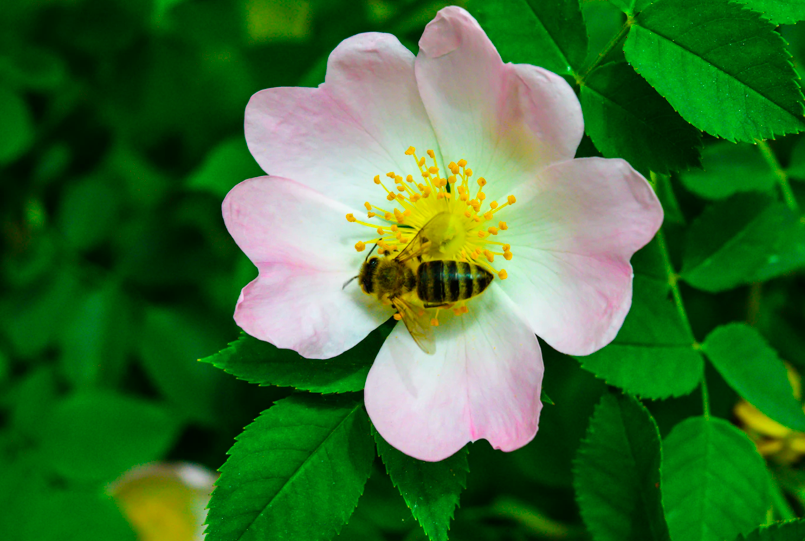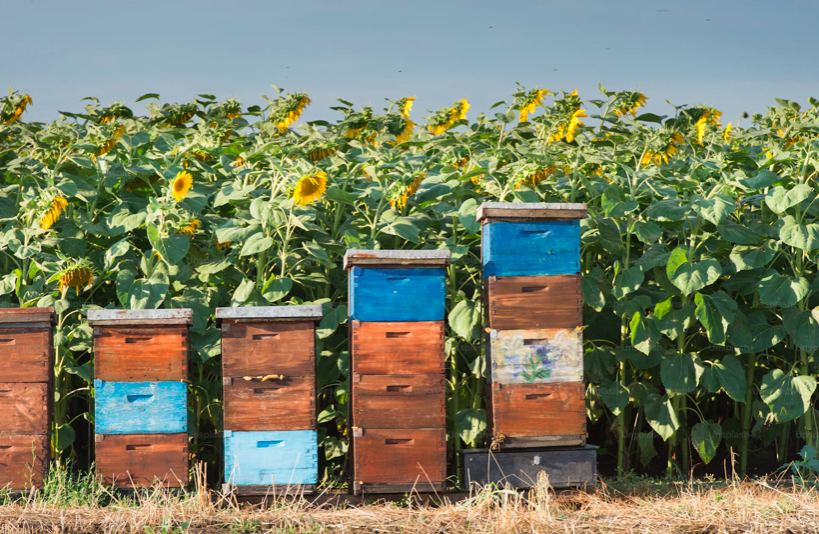Recent estimates indicate that over 75% of major agricultural crops and nearly 90% of wild flowering plants rely on insect pollinators to transfer pollen from one flower to another. Allowing numerous plant species to reproduce, animal pollination forms the fundamental basis of ecosystem function and habitat conservation.
Despite that, the activity performed by these marvelous insects is at risk. Climate change, habitat destruction and the use of pesticides by growers are seriously endangering the lives of this animals. It’s worth noting that in Europe, one in ten bee species is facing extinction.
Although it is essential to identify and adopt measures capable of combating the decline of insect pollinators, numerous researchers have committed to finding alternative solutions that can ensure the pollination of crops even in cases where animal activity may be insufficient or entirely absent. Over time, various artificial pollination solutions, more or less innovative, have been identified.
A first relatively simple solution consists of manual pollination (using brushes or cotton swabs) or mechanical pollination (with machinery that distributes liquid or dry pollen through directed air flows).
Recently, more innovative solutions able to imitate the natural pollination process have been found. In Israel, a company has designed a technology that uses mechanical arms mounted on an electric vehicle that vibrate the stems to release pollen on the flower stigma, like what would happen with the passage of insects.
Another increasingly utilized technology are drones. In this case, the solutions are multiple; ranging from drones that simply distribute previously collected pollen to others equipped whit a piece composed of horsehair to be able to independently collect pollen during flight near the flowers. Other are equipped with sensors and data processing software capable of indicate if plants need care and/or more nutrients and which still need to be pollinated.
In conclusion, artificial pollination certainly offers several advantages. Firstly, it allows to make up for the shortage of bees and other pollinating insects by succeeding in even greater effectiveness and efficiency in some cases. Secondly, according to some proponents of artificial pollination, thanks to this practice it is possible to avoid transporting entire bee colonies from one crop to other, which would risks exposing them to excessive stress, making them more vulnerable to diseases and parasites.
However, it is worth considering whether it would be better focus efforts on safeguarding and protecting wild pollinators. Despite the excellent results achieved by artificial pollination, current techniques only work in homogeneous monoculture systems, so they are unlikely to replace bees and other wild pollinators in nature, where there are multiple species to be pollinated.

